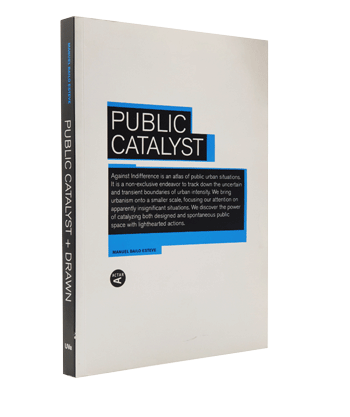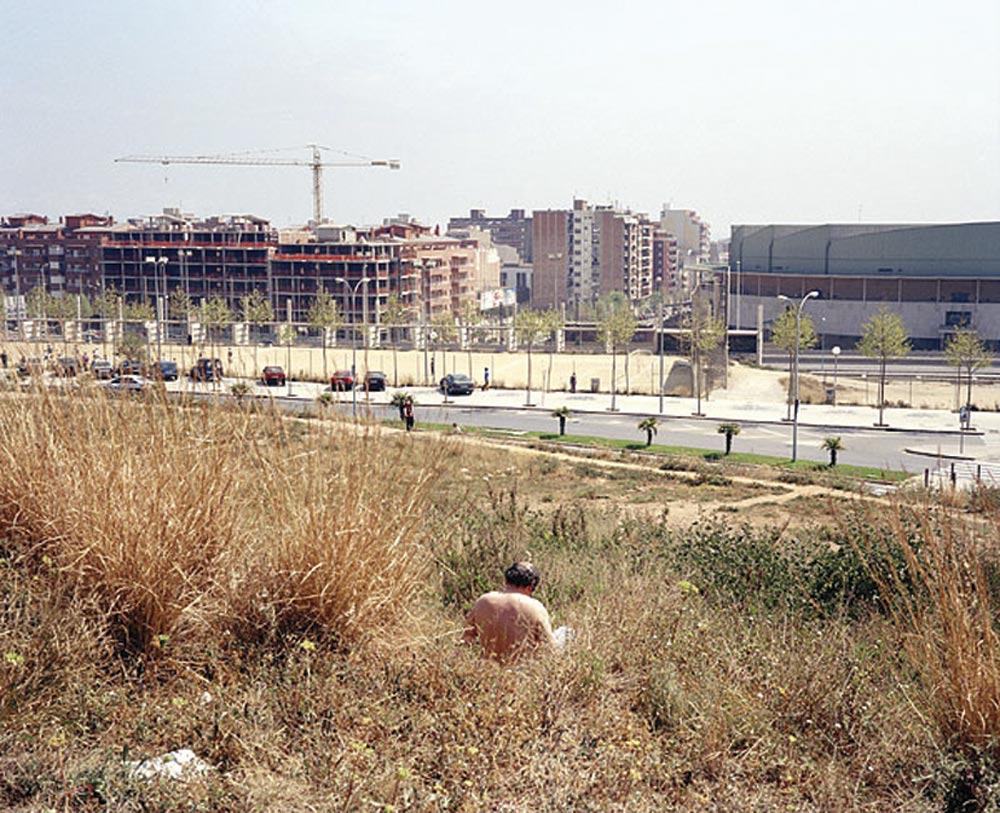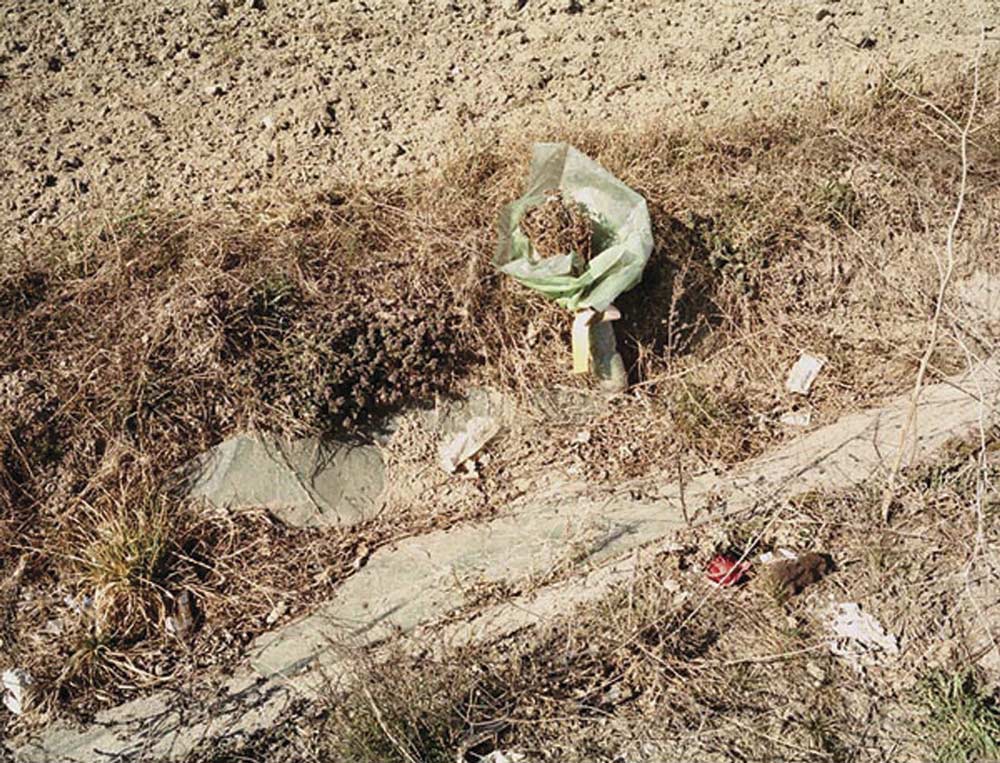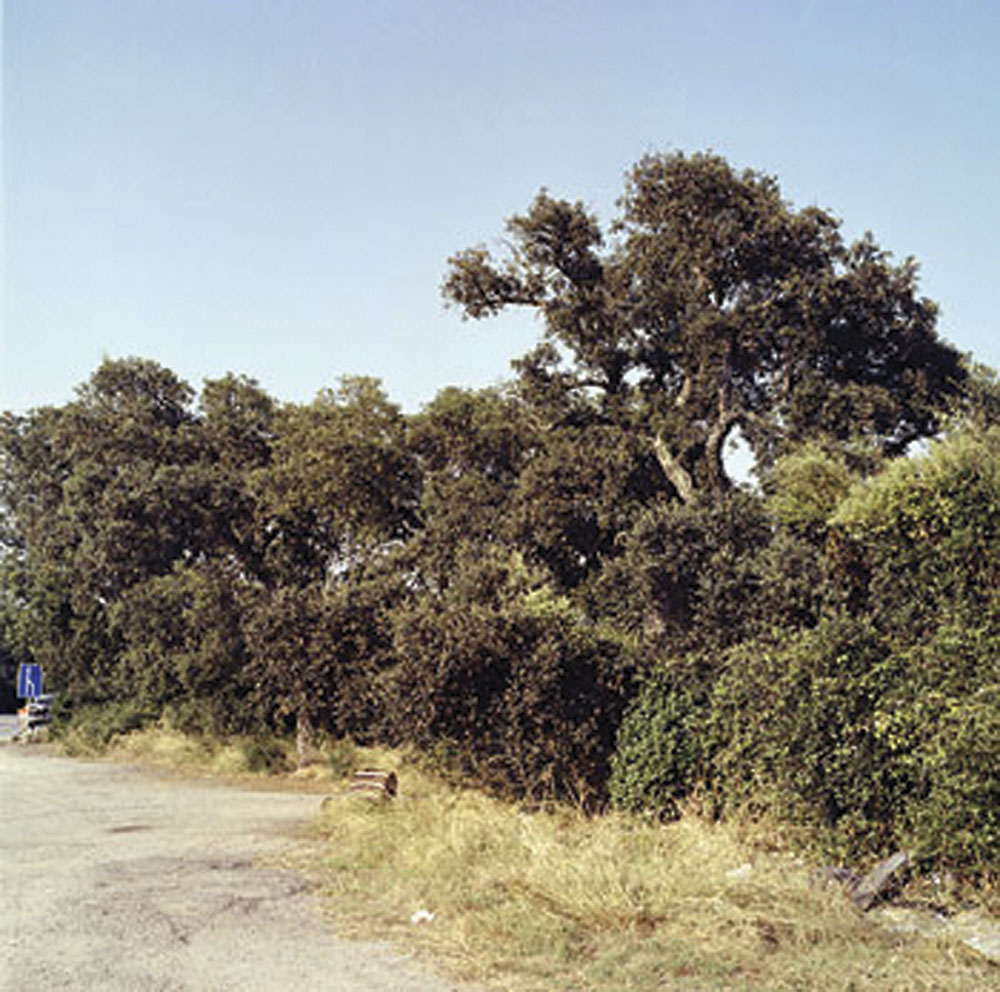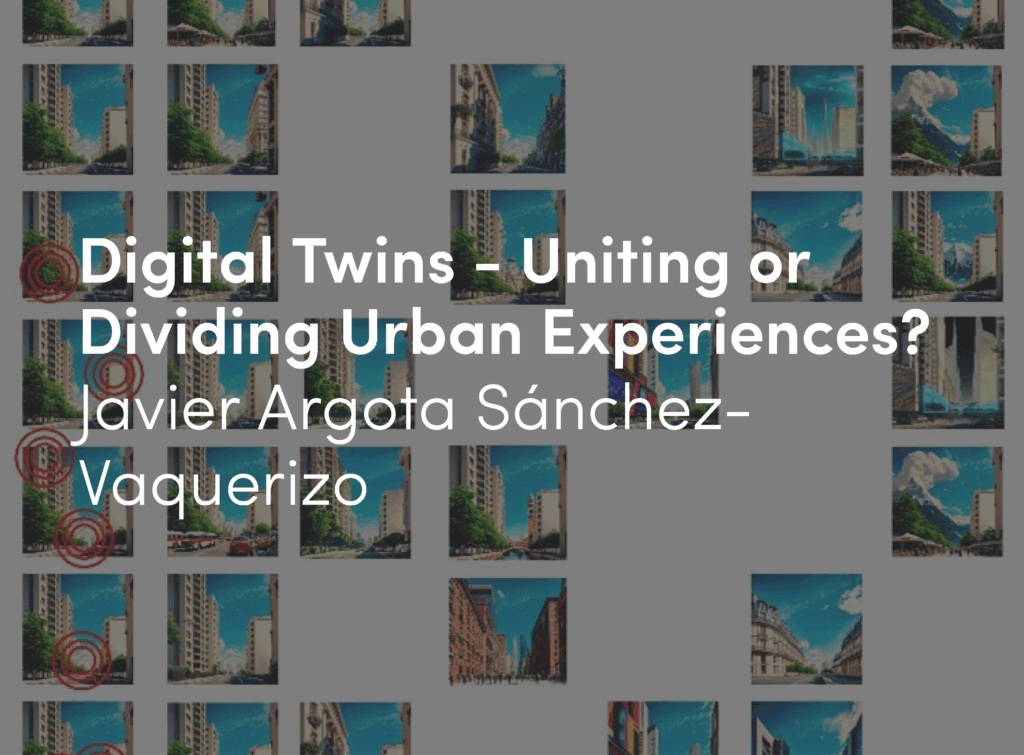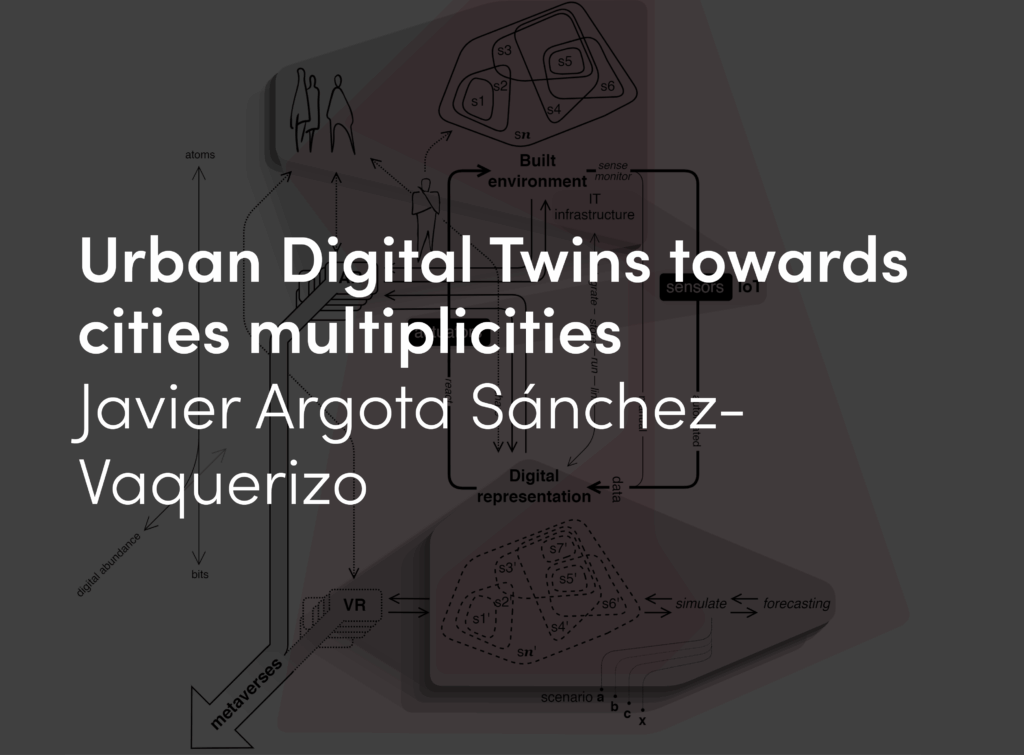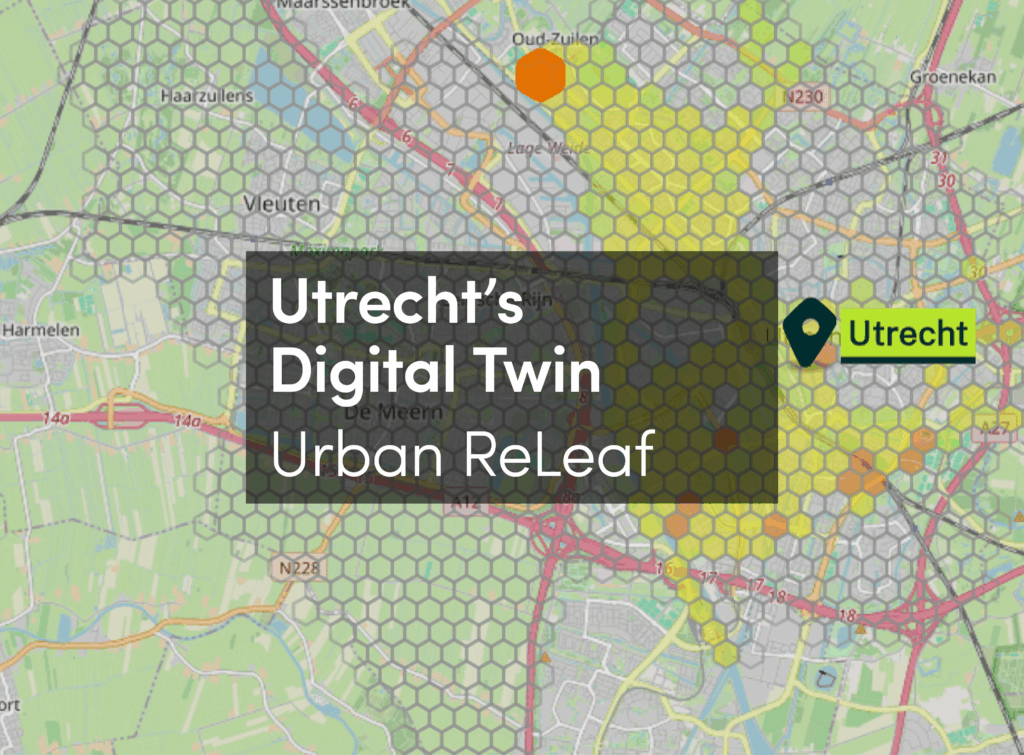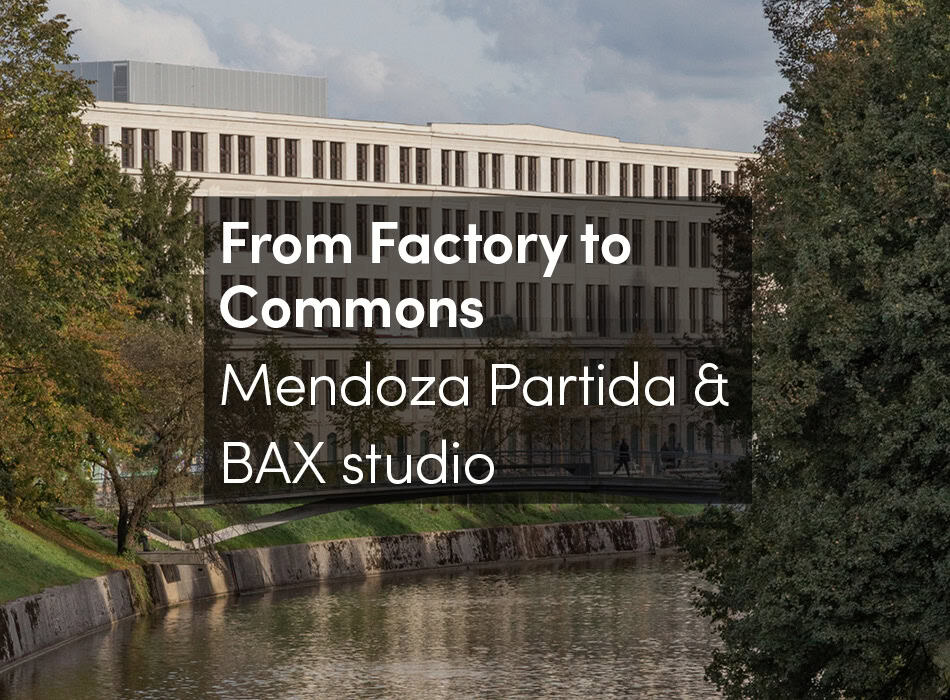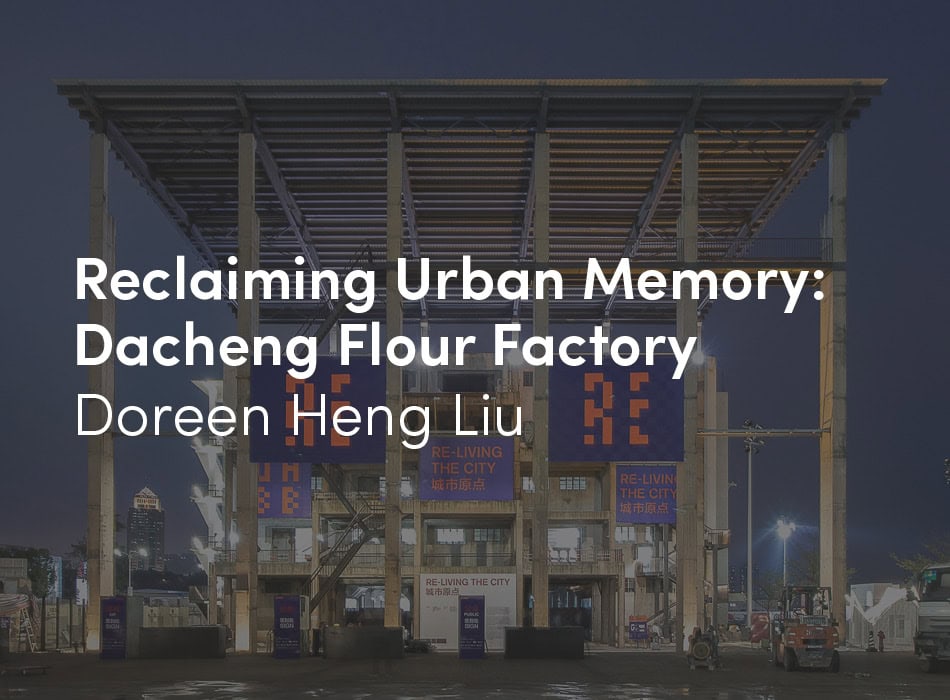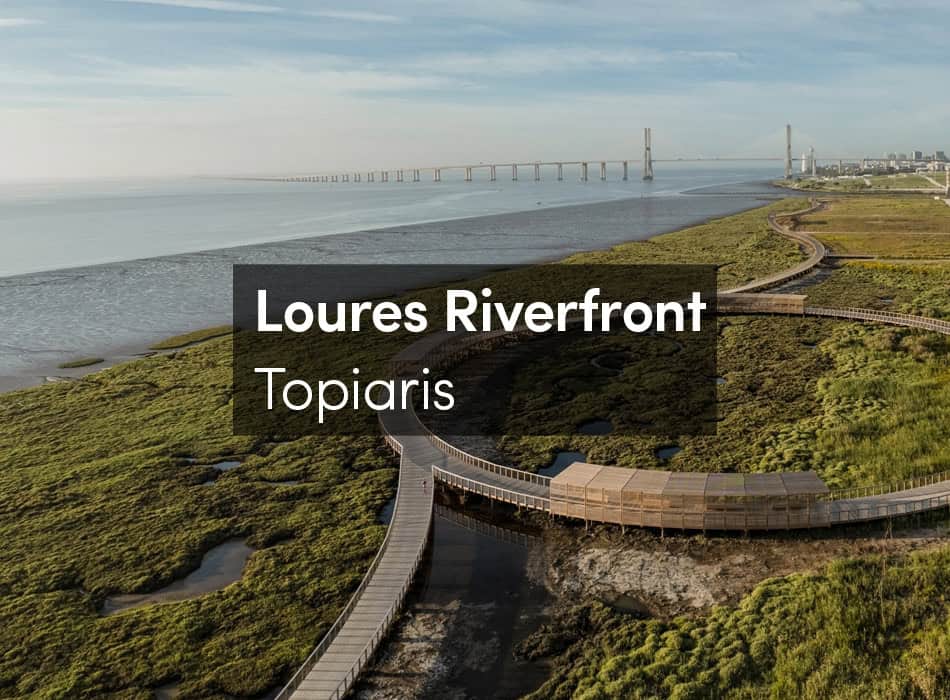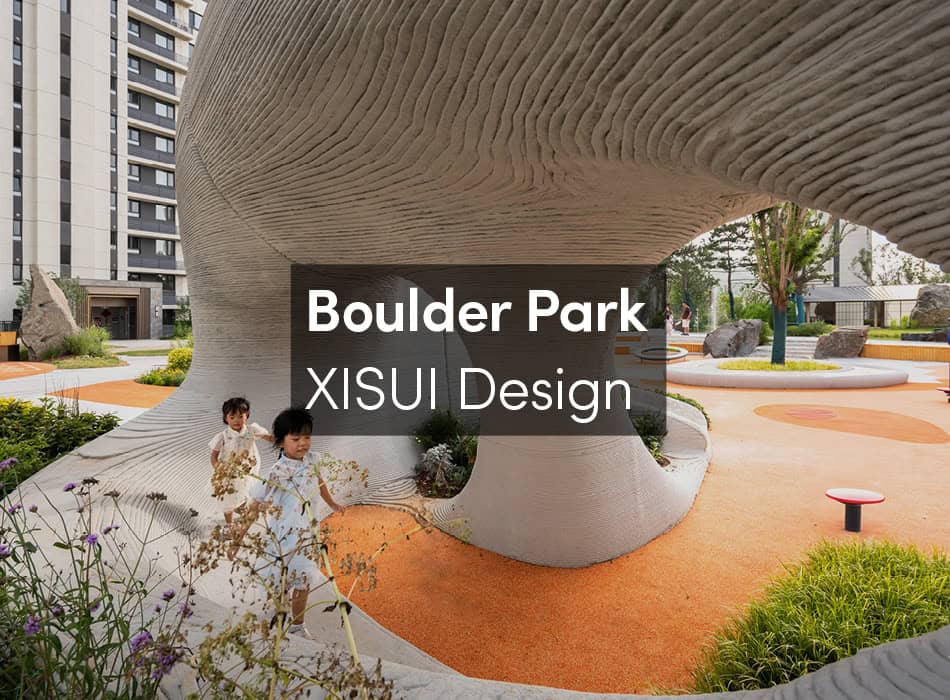In Transitory Urbanism, an early essay within this project, we tried to demonstrate the importance and convenience of thinking about the condition of transience when designing a contemporary public space. We criticized the trend to design public spaces as finished objects and denounced the impermeable attitude of many architects. Over time, however, we came to realize that this position was too simple.
Transitory Urbanism appealed against the lack of attention to the world of open processes in the design of public spaces. We highlighted the non-physical characteristics linked to public space, including activity, trade, and the transforming capacity of the people’s actions. It proposed a much more informal attitude towards development of projects; a trust in the constructive value of all that is transitory, of the formless action. It discouraged the definitive value of deaf and invariable objects. The new attitude understood and understands architecture as a non-definitive result of a process in which the provocation of randomness is mixed with the logical, sensitive wand intelligible reasoning. It claimed a way of conceiving the civic space of cities in which instability and transience were considered catalysts, capable of enriching and improving the projects in an arrhythmical way.
We wanted to recover the fundamental value of transience for the construction of the public space. Why have many contemporary public space projects forgotten the condition of transience? Transitory Urbanism questioned the loss of transience and to the loss of the value of the ordinary aspects in the current public space.
fig. 1/ Xavier Ribas, Sundays, n. 15 from the Barcelona Pictures series, 2002. 26 C-Print,120 x 140 cm, edition of 6.
“Walking along Barcelona’s outskirts on a sunny Sunday, we find a strange landscape. Between the roads and the apartments blocks, the industrial estates, the malls, the sport complexes, the natural parks and the theme parks (all a part of contemporary urbanization), we will find marginal areas where groups of people gather every weekend to spend their leisure time. Why do these people transform these residual spaces into the center of their leisure activity?”
Xavier Ribas, Perfect Distraction (Salamanca: Ediciones de la Universidad de Salamanca,1998)
Is it possible to conceive of a public space starting from lightness? Is it possible to establish it through action and trade? Of all spaces, shouldn’t public space best exemplify the character of an unfinished and open process? Public space is, by definition, a project without a unique property and therefore a space for everyone, an anonymous space. For this reason, shouldn’t it be a space without form, in which all of its fundamental value is transitory? (fig.1)
Why are those flowers placed there, next to the road (fig. 2)? Who has put them there? Why? Is this place someone’s property? Or is it a possible beginning of the construction of a public space? What is that chair doing beside the road (fig. 3)? Where is the person who normally sits here right now? Will this person return?
fig. 2/Xavier Ribas, Flowers, n. 7 from the Flowers series, 1998-2000 10 C-Type printed to 89 x 106 cm. 6 units edition.
According to Xavier Ribas, the presence of flowers “fills the space with meaning and incorporate this space to the symbolic universe of a limited amount of persons”.
fig. 3/ Xavier Ribas, Sanctuary, n. 7 from the Sanctuary series, 2002. 8 C-Type printed to 110 x 130 cm. 3 units edition.
If we could know how to gather this delicacy at the moment of constructing a public space, we would surely be able to save the spot’s charm from disappearing. Transience and ordinary-ness are forgotten values in the design of the contemporary public space today – by capturing these values in design, we can stop this loss of identity.
Productive Schizophrenia
Throughout our work on Urbanisme transitori (Transitory urbanism), we tried insistently to find arguments that could justify the convenience of designing today’s public spaces from transience.
In the subsequent development of the research, my curiosity shifted towards understanding the total capacity of historical public formal spaces for urban transformation. Throughout was a growing suspicion that contemporary public space shouldn’t be proposed only from transience.
Formal and informal
Despite my personal interest in the research and production of open processes and informal strategies in design and my intense experience at the University of Architecture of Alicante as referential cultural focus of transience, it became clear that it was also necessary to analyze the public formal spaces in order to find the focus of the study of the public space.
This was a schizophrenic and productive attitude.
We took on an attitude of simultaneously supporting two opposite points of view as a research method. In order to be able to be supported and, in spite of the absolute conviction of not having a first-rate intelligence, we needed the permanent aid of F. Scott Fitzgerald’s appointment:
“The test of a first-rate intelligence is the ability to hold two opposed ideas in the mind at the same time, and still retain the ability to function”. [1]
This research analyzes formal projects and informal projects of the public space in parallel. Therefore, it cannot recommend an attitude in opposition to other one. Rather, we discovered common values between two unequal architectures, common conditions between different spaces capable of transforming the places into real urban, spaces.
Give Me a Laboratory and I Will Raise the World
We have always had in mind Bruno Latour’s article “Give me a laboratory and I will raise the world” (1983) [2]. Latour’s article offers a reference framework that confirms the importance and the need to develop a laboratory in order to elaborate a rigorous research project. In this article, Latour explains the importance of the laboratory as a reference space that exemplifies, due to its conditions, the evolution that modern society has experienced. The French anthropologist describes the laboratory as a place where three exercises take place, capable of turning what was invisible into something visible.
The form in which people work at a modern laboratory as described by Latour, has been a reference guide during all this research time.
Limits Dissolution
According to Latour, the activities in a modern laboratory lead to the dissolution of the border that separates what is inside and what is outside. Latour thinks it is necessary to go out to gather information and then be able to return to the laboratory in order to isolate and analyze this information in a different context.
During the research, we were constantly aware of the need to personally experience the urban spaces to be able to study them. We never trusted a rigorous research work on a public space that denies fieldwork as a fundamental source of information.
micro MACRO micro
Modern laboratories are an exercise in scale dissolution: a constant non-linear work that passes from micro to macro and from macro to micro.
To Latour, the work of scale inversion is capable of obtaining macroscale transformations from microdiscoveries. The laboratory invented by the scientist Louis Pasteur exemplifies the model of modern laboratory that Latour imagines. Pasteur’s microdiscoveries made (before then invisible) microbes that were responsible for many contagious diseases visible. There have been many scientific advances that work from the microscale but have direct impact on the macroscale. These discoveries, though tiny in scale, are capable of intervening on the society and transforming it.
Our laboratory trusted in research without scale as a method to explore microscale decisions are as important as macroscale decisions in order to construct a quality urban place.
Processes of Inscription
Another fundamental exercise for a successful laboratory is the definition of the processes of inscription, as Latour calls them. The aptitude to transform and improve of a modern laboratory does not only depend on the quality of the discovery, turning something invisible into visible. It also hinges on how those things that were unknown until the present can be shown and explained, and of how that new knowledge is transmitted and communicated.
In our laboratory we have trusted in the precise and detailed drawing as a key to explain everything we were discovering. The accomplishment of a few simple but meaningful drawings reveals, by layers, complex situations, often with a falsely banal appearance.
We draw the initiator of a public space formation. A hyperrealistic drawing allows us to measure and to slightly revalue each architectural situation. (fig. 4)
fig. 4/ “Mon Oncle” 1958 by Jacques Tati.
Tati discovers how the garbage and the dustman can turn into the real driving force behind a square with the capacity of qualifying and modifying the spa
Laboratory of Indifference
Our laboratory is the “Laboratory of Indifference”. In this laboratory, experimentation turns into a fundamental work method. The necessary conditions are constructed to provoke and to play without resigning to chance. The laboratory creates a research space where the surprise of the random and the meticulous work of procedural research coexist.
Taking Latour’s laboratory as a reference model, we reconstructed the conditions of the modern laboratory. It became a space where we could investigate without scale. We developed precise exercises of observation in order to recognize minimal actions, customs, or economic activities – ‘insignificant’ things capable of provoking transformations in the urban space. At the Laboratory of Indifference we worked without the limit that separates the interior from the exterior. We investigated traditional public spaces as well as uncertain spaces between the public and the private.
And in the tradition of Latour, since a research laboratory must also transmit and communicate that which has been discovered – we proceed to illustrate: the public catalysts.
The work elaborated in the laboratory was also a personal work. We have lived in these different places, and through those personal experiences we discovered what makes them similar by means of the confrontation and the comparison of apparently unlinked situations. It was a dialectical and personal exercise that allowed us to reach the essence of the public space, captured through a non-habitual way of observing things.
It was an intense, multiple and opened work, recognizing the value of apparently superficial things through a modern and personal laboratory. This work lead us to discover and demonstrate the hypothesis of this work:
The existence of minimal elements, that we will call public catalysts, that are the driving force behind the construction of the public spaces of the past and the present.





